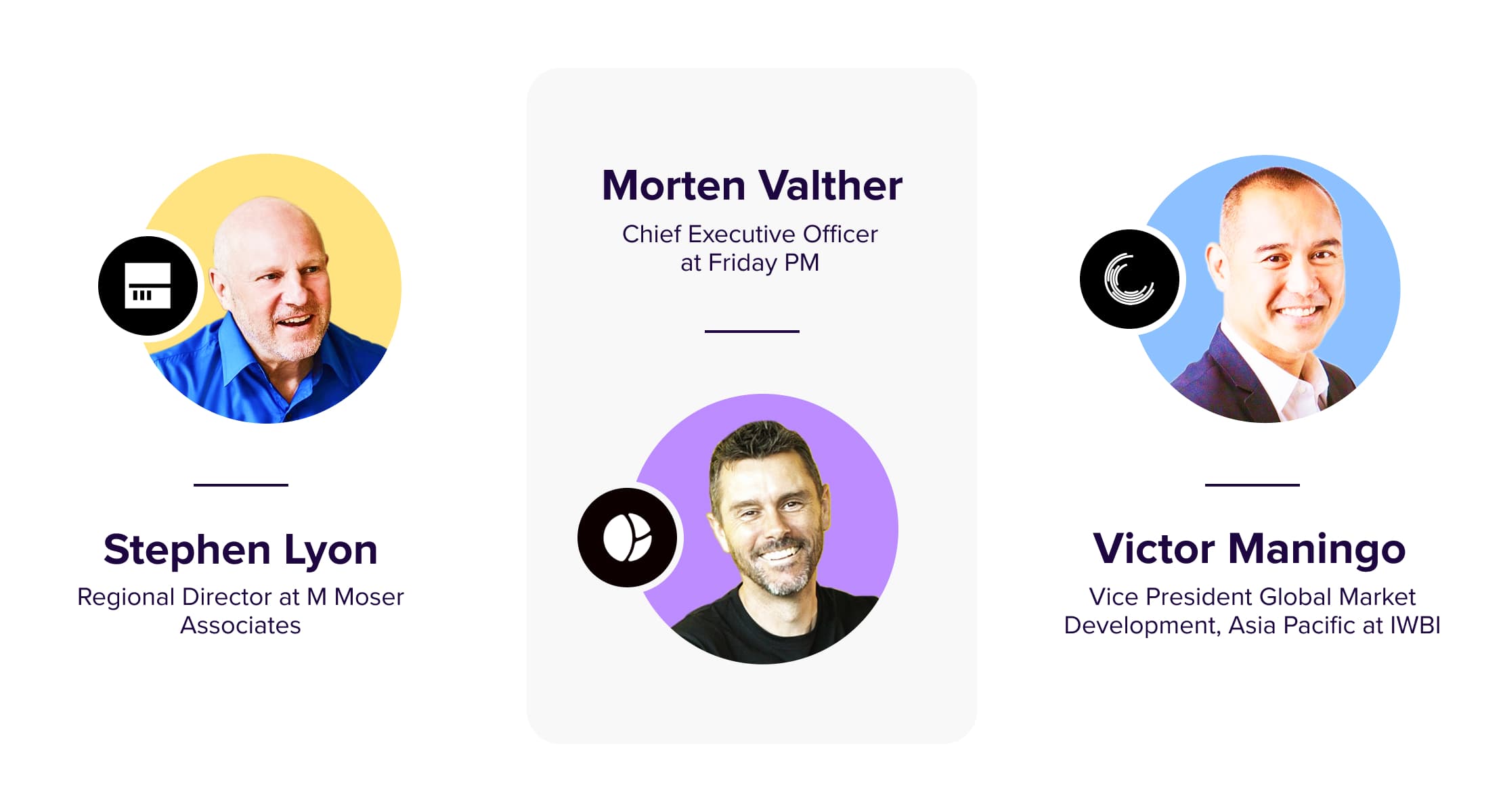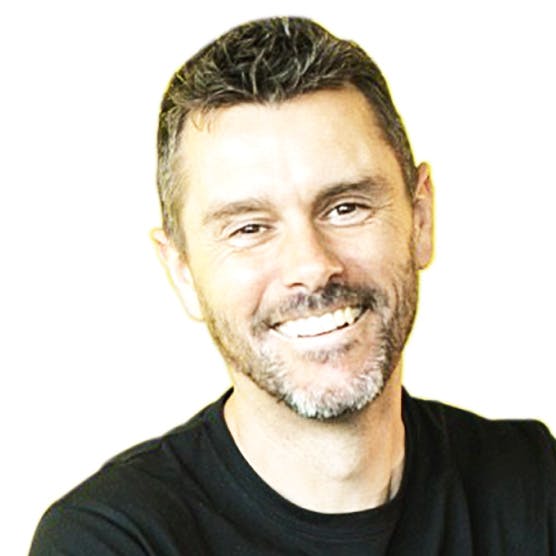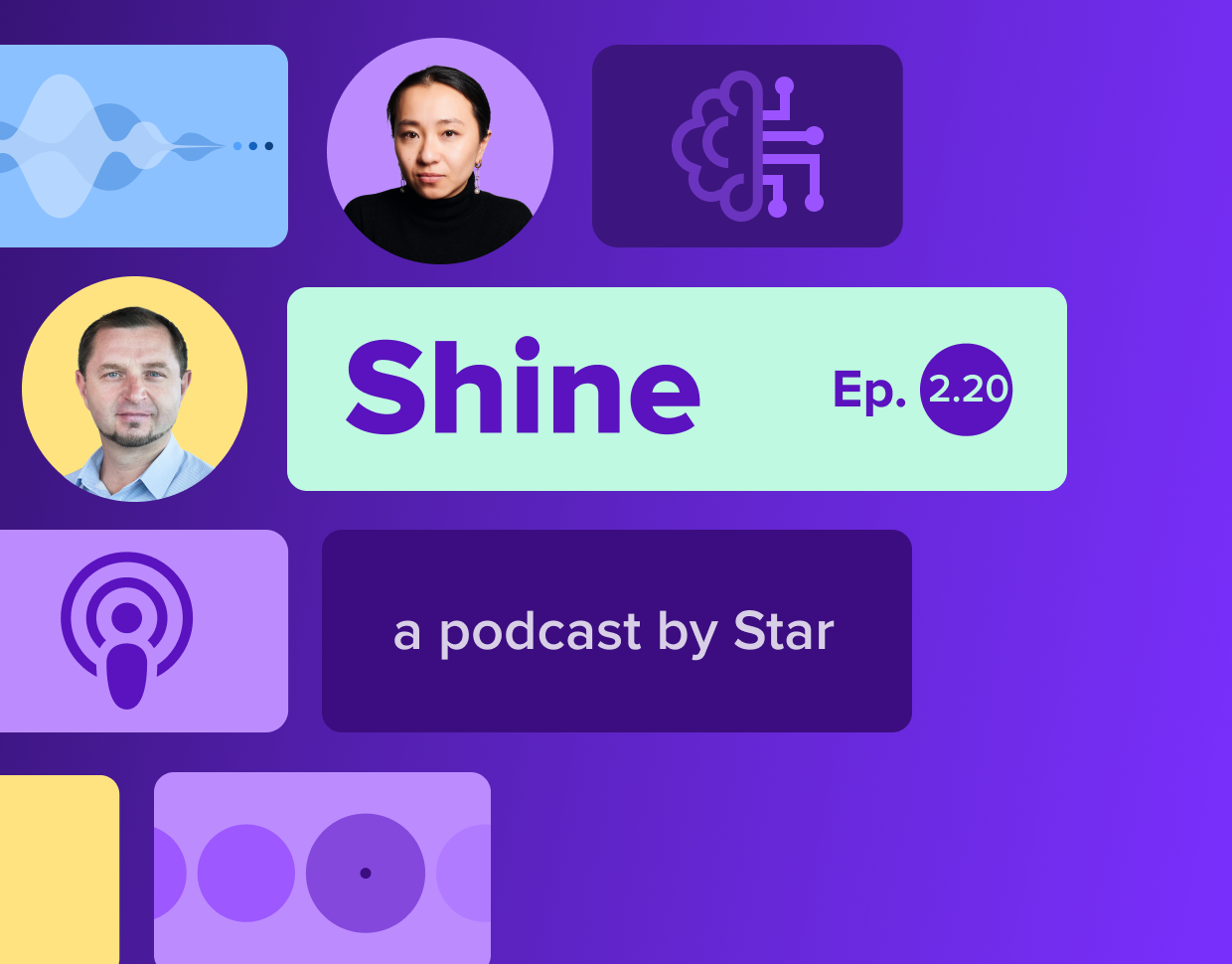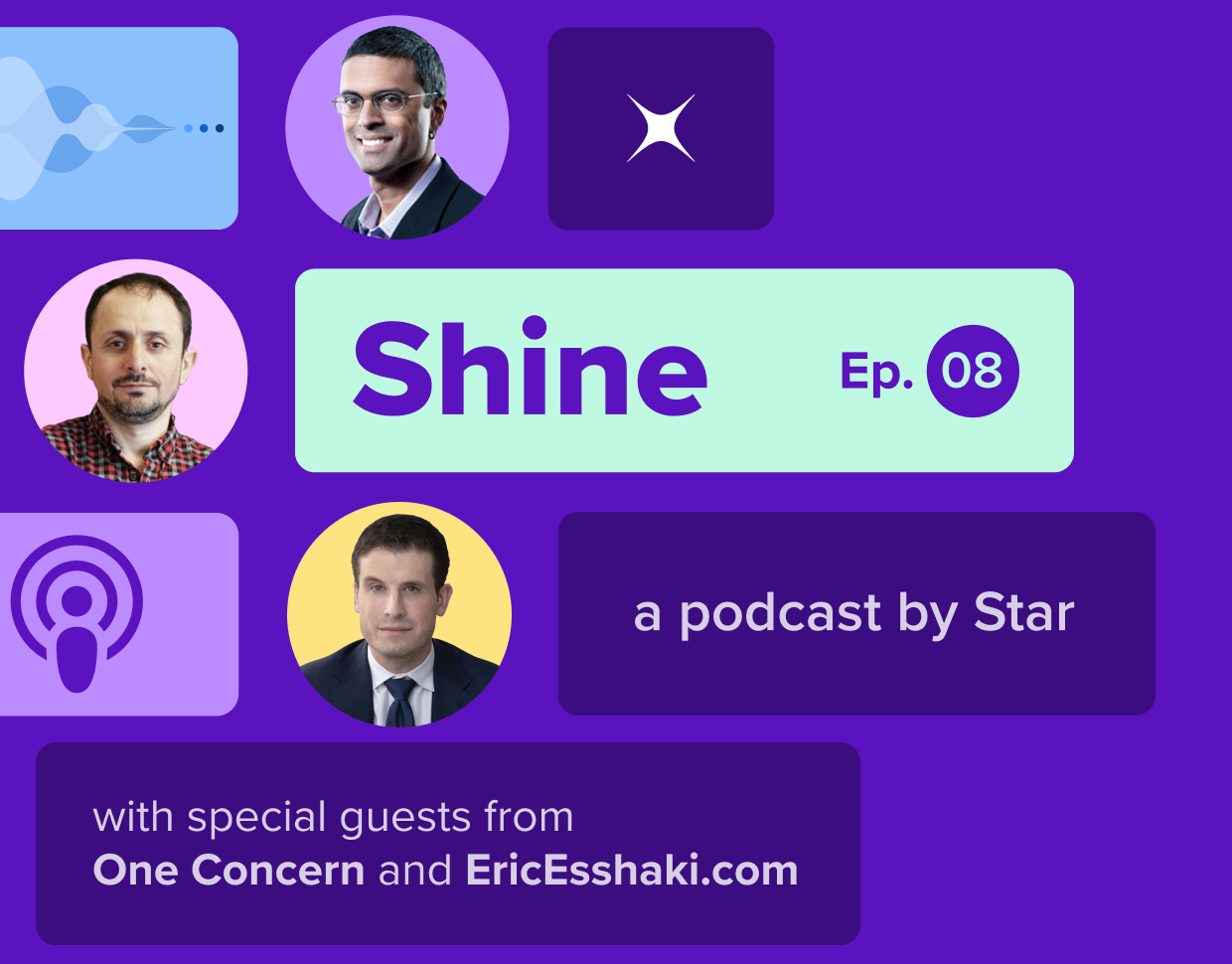
After two years of radical disruption and change, what does work even look like anymore? And how can companies inspire and create environments that help their team members be at their best?
These were the questions our experts tackled on this first episode of the new year. This conversation rooted in the built environment answers “the big why?” on the importance of understanding human needs and how to promote productivity, wellbeing and growth in our highly unpredictable world. Technology, psychology, workplace technology trends and the changing workforce all take center stage.
Hear it from the experts and listen to the entire discussion now.
Say goodbye to the 9-5. The definition of work has changed
During the pandemic, technology enabled people to work from home (or the beach if you were lucky). They said goodbye to long commutes, rush hour and office wear. So you’d think that morale — at least around people’s jobs — would be higher. But this hasn’t entirely been the case. While many workers do enjoy these benefits, there is an alarmingly high burnout rate across industries.
What’s causing this? Two closely related issues have emerged. First, many employees feel overburdened, so much so that some governments are even passing “right-to-disconnect” laws. Concurrently, we’ve all experienced the limitations of WFH (working from home) life. For many people with children or living in small, multigenerational homes, remote work has been anything but easy. They’ve jumped on opportunities to get back to the office as quickly as possible.
Moreover, Morten describes how young talents don’t want a 9-5 approach (Monday to Friday, 9 AM to 5 PM schedule) to work, “They want to live a full life and fit work into tasks as something that happens at any time of day. They don’t want to join countless Zoom calls and have meetings with the boss.”
Stephen adds, “One size does not fit all. Things vary from country to country and sector to sector. Working remotely is likely here to stay, but employers need to look at strategies to create blended or hybrid workplaces.” The companies that embrace flexibility will be most suited toward the evolution of work over the next few years.
Morten breaks it down by explaining the two fundamental workplace strategy factors that have changed, “We’ve been much more aware that work is not just work. Work is tasks that we do. And space has a major impact on how well we do them. We’ve now become much more aware of how important space is for different work modes.”
He illustrates this through a personal example. He describes a cafe where he can knock out admin tasks that take 3 hours at home in just 1.5 hours. It gives him the right level of focus. However, one of his friends sees the same cafe as being way too loud and hectic to get anything done possibly.
Employers need to wake up and smell the coffee here. Understanding individual needs and how you use space both in physical and virtual environments translates to better morale, productivity, health and safety and higher retention rates.
To put this in perspective, Victor explains, “Most organizations look at the future of the workplace. They focus on the location rather than how we actually do our work. The future of work can be described in three words: flexibility, technology, wellbeing.”
To get it right, they need to think task-based working model and how to provide the right tools and environment for employees wherever they are.
Subscribe on Apple Podcast | Subscribe on Spotify
The most appropriate space to do our best work
The conversation grows deeper as Victor dives into the prospect-refuge theory for optimal space creation. People tend to prefer environments with an unobstructed view (prospects) and areas of concealment (refuges). When we do our strategic thinking, we need to be up high, looking at spaces that give us the most information.
The office as we know it is only 200 years old. It was largely modeled on factory or warehouse type work. Think about all that has changed during the past two centuries. As Victor explains, “We’ve spent all our time building boxes and keeping nature out in enclosed environments, breathing recycled air under artificial light with limited access to the outdoors where we actually do our best work.”
It’s time to evolve past this stage by leveraging deeper insights into understanding what makes people thrive and the technologies that can help facilitate this. This will require a shift from management in particular and a holistic view.
As Morten elaborates, “There are many companies now where statistics show that if you’re not visible in the office, your chance of promotion goes significantly down. So you might have a successful work from home policy, and everything is going well, but let’s say 8 out of 10 senior leaders want to physically see their employees for them to move their career forward.” This is a sure-fire way to lose good talent.
Instead, they need to keep up with tech trends, especially data points to inform their decision regardless of whether a person works remotely, in the office or follows a hybrid working model. It’s important to focus on an individual’s quality of work and how it’s linked to the overall wellbeing of the company.
How workplace technology will make the world a better place
Technology is crucial as we move forward. Just as it made remote work possible, it will also enable more human-centered work environments regardless of where that might be. Everything is coming down to big data and how organizations respond to it.
With health and safety more important than ever, this data is critical for companies planning their return to work over the long term. This is where companies like Friday PM are leveraging artificial intelligence, sensors and analytics that enable sophisticated fine tunings of the office.
For example, they can monitor carbon dioxide in a building to prevent them from reaching dangerous levels and modulate occupancy accordingly. This level of control can likewise be applied to space layouts. It’s possible to measure how teams work given a certain space and furniture allocation and continuously iterate to improve wellbeing down to the individual.
Explore more on the present and future of work
We’ve barely scratched the surface of the fascinating insights these leaders shared on the future of work and workplace technology solutions. They went on to discuss their own experiences in the evolving work landscape, design solutions, more detail on how to harmonize the “intelligence” of younger generations and the “wisdom” of older generations and even touched on the metaverse.
Discover more about Friday PM’s — Star’s internally incubated startup — digital workplace evolution platform and follow them on social media. They’re helping companies worldwide leverage the right approach and the latest technology to create flexible, fit-for-purpose workspaces that unlock the best in people.










